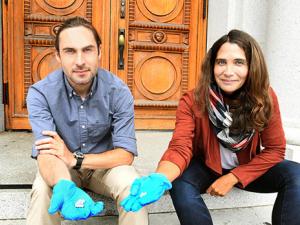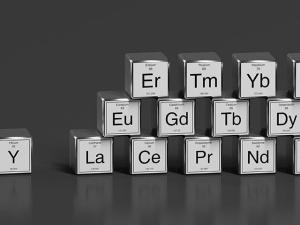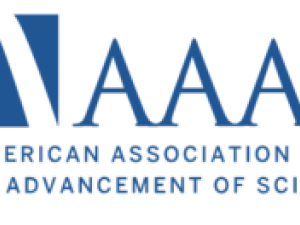

Research Expertise and Interest
Heavy element coordination and biological chemistry for new decontamination, separation, and radiotherapeutic strategies
Research Description
Rebecca Abergel is an Associate Professor in the Departments of Nuclear Engineering and Chemistry at UC Berkeley and the Heavy Element Chemistry Group Leader within the Lawrence Berkeley National Laboratory's Chemical Sciences Division.
The multidisciplinary research undergone in Abergel's group is at the interface of coordination chemistry, nuclear chemistry, radiochemistry, photophysics, chemical biology, health physics, pharmacology, and molecular and cellular biology. The group studies the effects of heavy element and inorganic isotope exposure and contamination on different biological systems in addition to the coordination chemistry and metabolic properties of lanthanide and actinide complexes formed with synthetic and biological ligands. Goals are to gain a better understanding of the biological coordination chemistry and toxicity mechanisms of the f-elements and to develop specific strategies for decontamination, waste management, remediation, separation, and radiopharmaceutical development.
Abergel also leads a large collaborative effort on the development of new drug products for the treatment of populations contaminated with heavy metals and radionuclides. One of these products was granted an Investigational New Drug status from the U.S. Food and Drug Administration in 2014 and is now entering a Phase I clinical trial.





